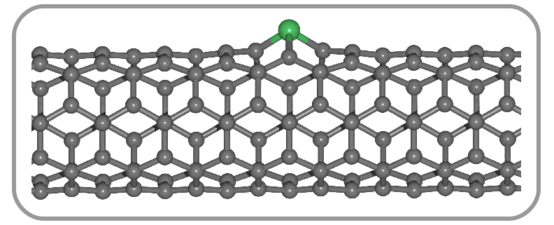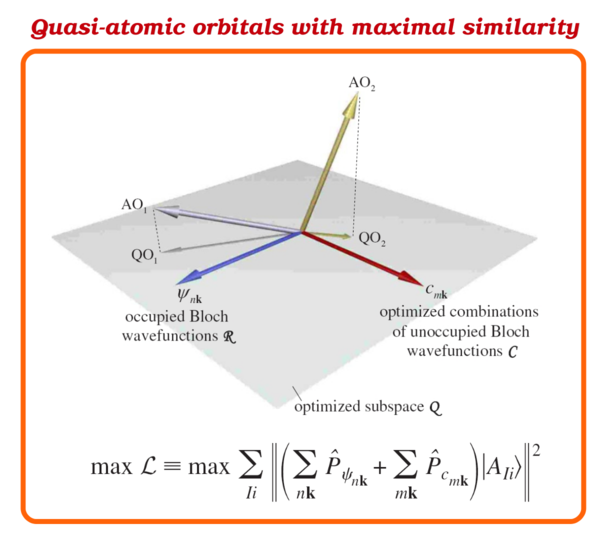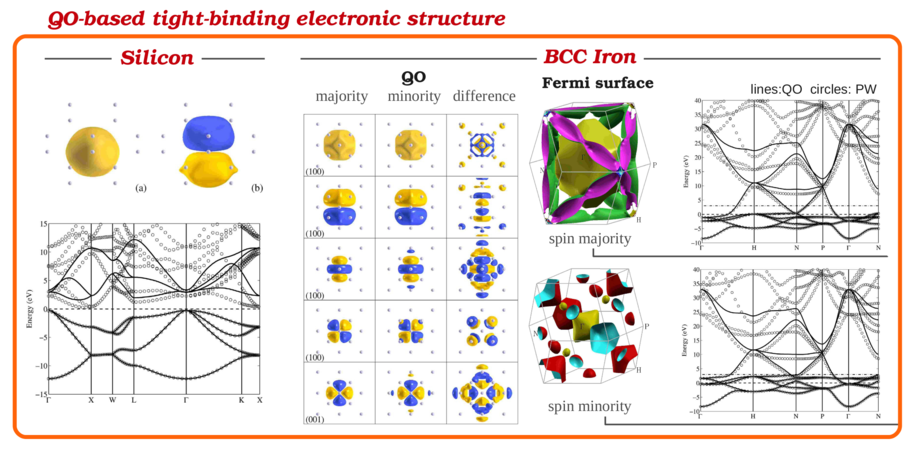Xiaofeng Qian, Ju Li, and Sidney
Yip, Calculating phase-coherent quantum transport in
nanoelectronics with ab initio quasiatomic orbital basis
set, Physical Review B 82, 195442 (2010)
[ DOI |
PDF ]
Xiaofeng Qian, Ju Li, Liang Qi, Cai-Zhuang Wang,
Tzu-Liang Chan, Yong-Xin Yao, Kai-Ming Ho, and Sidney
Yip, Quasiatomic orbitals for ab initio tight-binding
analysis, Physical Review B 78, 245112 (2008)
[ Website |
DOI |
PDF ]
T.-L. Chan, Y. X. Yao, C. Z. Wang, W. C. Lu, J. Li,
X. F. Qian, S. Yip, and K. M. Ho, Highly localized
quasiatomic minimal basis orbitals for Mo from ab initio
calculations, Physical Review B 76, 205119
(2007)
[ DOI ]
Wen-Cai Lu, Cai-Zhuang Wang, Tzu-Liang Chan, Klaus
Ruedenberg and Kai-Ming Ho, Representation of electronic
structures in crystals in terms of highly localized quasiatomic
minimal basis orbitals, Physical Review B 70,
041101(R) (2004)
[ DOI ]











